Bridging Disciplines: The Importance of Mechatronics in STEM Education
Introduction
As we find ourselves in an era defined by rapid technological advances, the necessity for interdisciplinary approaches in education has never been greater. One of the most promising intersections within the world of STEM (Science, Technology, Engineering, and Mathematics) is mechatronics—a field that integrates mechanical engineering, electrical engineering, computer science, and control engineering. This article explores the significance of mechatronics in STEM education, its role in fostering a holistic learning environment, and its potential to prepare students for the challenges of the 21st century.
Understanding Mechatronics
Mechatronics is a multifaceted discipline that combines principles from various engineering fields to create intelligent systems and products. It encompasses a wide range of applications, from robotics and automation to smart devices and advanced manufacturing techniques. The beauty of mechatronics lies not only in its diverse applications but also in its emphasis on collaboration among distinct disciplines, instilling a problem-solving mindset that is essential in real-world scenarios.
Key Components of Mechatronics
- Mechanical Systems: The physical structure and motion of components, involving gears, levers, and linkages.
- Electrical Systems: The incorporation of sensors, motors, and power supplies to control mechanical systems.
- Computer Systems: The use of programming and algorithms to manage and optimize mechanical and electrical processes.
- Control Systems: Techniques for regulating and directing system operations, ensuring coordinated behavior among components.
These components work synergistically to produce sophisticated machines that can operate autonomously or semi-autonomously, leading to advancements in numerous fields, from manufacturing to healthcare.
The Role of Mechatronics in STEM Education
Interdisciplinary Learning
One of the core objectives of STEM education is to foster interdisciplinary learning. In this context, mechatronics serves as a perfect vehicle for achieving that goal. By blending different disciplines, students develop a comprehensive understanding of how various fields interact and influence one another. For example, a project focused on robotic design requires knowledge of mechanical systems, computer programming, and electrical circuits, compelling students to draw from a range of expertise.
Skills Development
Mechatronics education equips students with valuable skills that are crucial in the modern workforce:
- Problem-Solving: Addressing complex challenges requires critical thinking and innovative approaches.
- Collaboration: Working in teams to design and implement projects mimics real-world scenarios, emphasizing the importance of effective communication and cooperation.
- Technical Proficiency: Familiarity with programming languages, software tools, and hardware components enhances students’ technical abilities, making them more competitive in the job market.
- Adaptability: The rapidly changing landscape of technology instills the ability to learn and adapt continuously.
Real-World Applications
Integrating mechatronics into STEM education offers students a tangible connection to the real world. Understanding how technologies function collaboratively allows students to see the immediate relevance of their studies. Case studies in mechatronics can reveal successes and challenges, thereby guiding students toward innovative solutions.
Implementation of Mechatronics in Educational Curriculums
Curriculum Development
Educators must design curricula that seamlessly incorporate mechatronics, creating a learning environment that values and promotes interdisciplinary knowledge. Effective curriculum should include:
- Project-Based Learning: Encourage students to tackle projects that require mechatronic solutions, promoting hands-on experiences.
- Industry Collaboration: Partnerships with local businesses can provide students with insights into real-world challenges and allow them to work on actual problems.
- Capstone Projects: Develop comprehensive projects at the end of a program that integrate various disciplines, fostering synthesis and application of knowledge.
Hands-On Learning
A significant element of mechatronics is hands-on experience. Laboratories that allow students to experiment with building and programming robotic systems can significantly enhance understanding and retention of concepts. Utilizing modern tools, such as 3D printers, microcontrollers, and simulation software, students can engage deeply with the material.
Engaging Diverse Student Populations
Mechatronics education can also serve to engage a diverse range of student populations. By providing inclusive learning environments and emphasizing real-world applications, educators can spark interest in underrepresented groups in STEM fields, including women and minorities.
Challenges and Considerations
While the integration of mechatronics in STEM education presents numerous advantages, several challenges must be addressed:
Resource Allocation
Implementing a mechatronics program can require significant investment in equipment, software, and training for educators. Schools must ensure they have access to current technologies and resources.
Professional Development
Teachers require ongoing professional development to stay abreast of advancements in mechatronics and to effectively teach these subjects. Training programs should focus on interdisciplinary strategies and the integration of technology into traditional methods.
Curriculum Balance
Striking a balance between theory and practice is essential. Students should gain a solid understanding of underlying principles while also applying them in practical settings. A focused approach toward mechatronic projects ensures a well-rounded education.
Success Stories in Mechatronics Education
Case Study: University Programs
Several universities around the world have implemented successful mechatronics programs. For instance, programs at institutions like the University of Michigan and the Massachusetts Institute of Technology (MIT) emphasize hands-on projects, industry partnerships, and research opportunities that prepare students for careers in robotics and automation.
High School Initiatives
High schools such as the New York City College of Technology have introduced mechatronics courses that offer students the opportunity to engage in hands-on learning with real-world applications. These initiatives often lead to student participation in competitions, such as robotics contests, further enhancing their learning experience.
Future Directions
Emerging Technologies
As we look to the future, emerging technologies like Artificial Intelligence (AI), the Internet of Things (IoT), and advanced manufacturing can further enhance the field of mechatronics. Educational institutions should incorporate these trends into their curricula, preparing students for the future workforce.
Lifelong Learning
The importance of lifelong learning cannot be understated in the fast-paced technological landscape. Educators must instill a mindset of continuous education in students, emphasizing the importance of adapting to new technologies as they emerge.
Global Collaboration
Encouraging global collaboration in mechatronics education can enhance the learning experience. Collaborative projects involving students from different countries can promote cultural exchange, diverse perspectives, and unique solutions to engineering challenges.
Conclusion
In conclusion, mechatronics embodies the essence of interdisciplinary learning, connecting various fields within STEM education and preparing students to tackle complex challenges in a rapidly evolving technological world. By emphasizing hands-on experience, real-world applications, and collaboration, educational programs can deepen students’ understanding and inspire innovation. As we move forward, fostering a robust mechatronics curriculum will be essential in bridging disciplines and empowering future generations to lead with creativity and ingenuity.
References
- [Modern Footnote Source]
- [Modern Footnote Source]
- [Modern Footnote Source]
- [Modern Footnote Source]
- [Modern Footnote Source]
- [Modern Footnote Source]
- [Modern Footnote Source]
- [Modern Footnote Source]
- [Modern Footnote Source]
- [Modern Footnote Source]
(Note: The above would typically be filled with actual references and citations relevant to the content discussed).















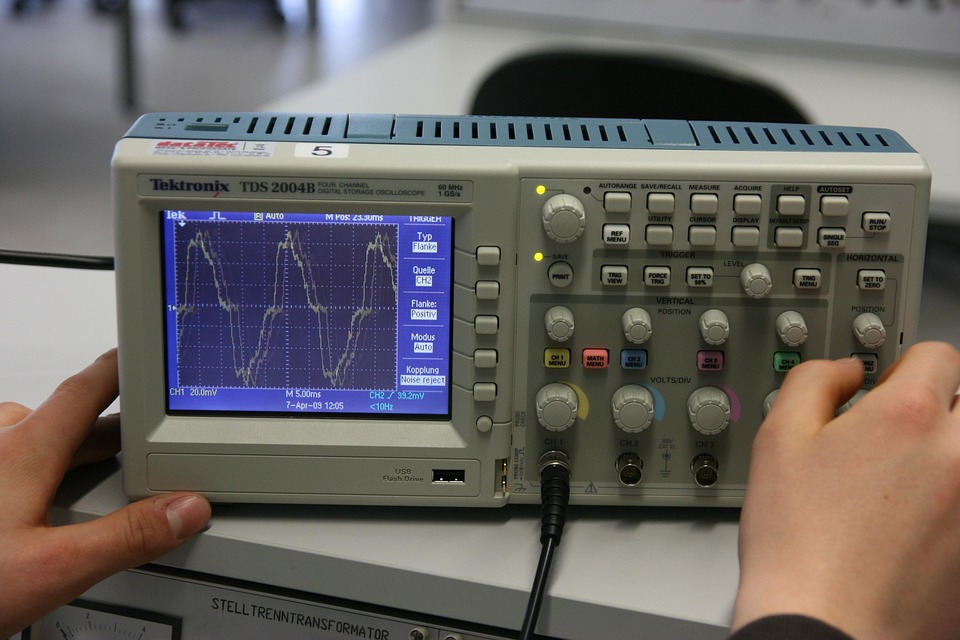
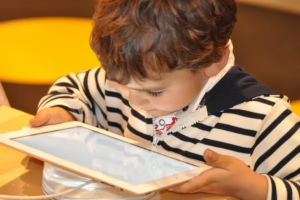

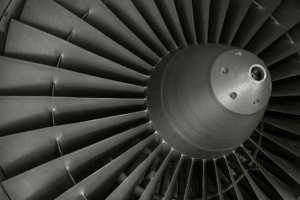
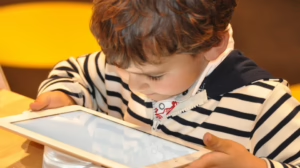

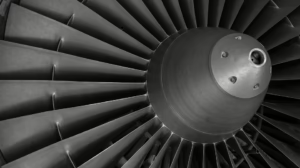




Add Comment